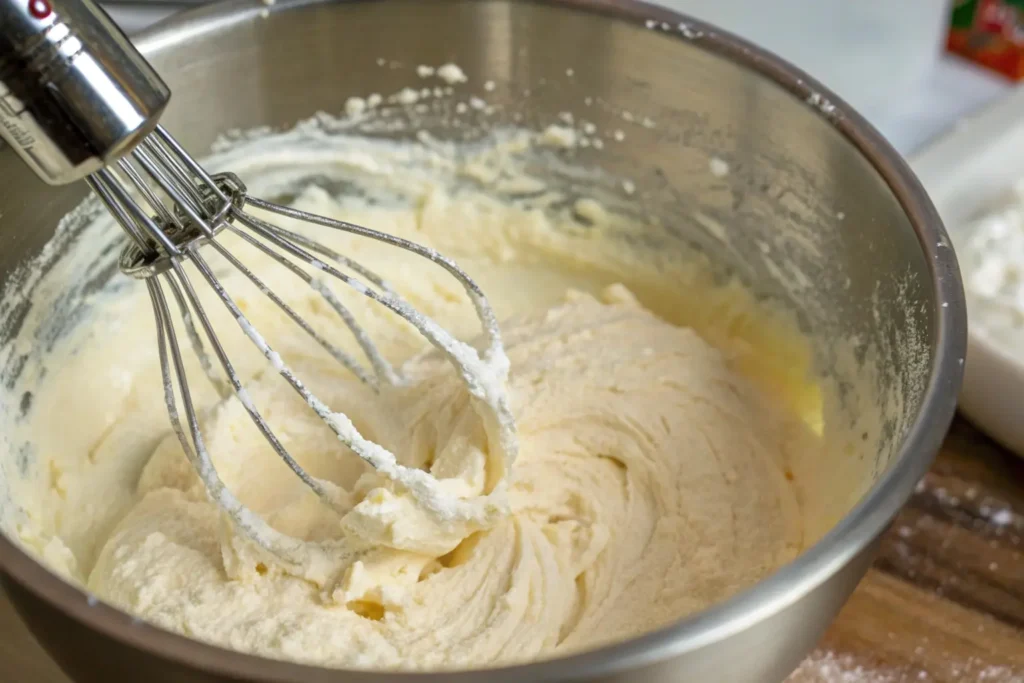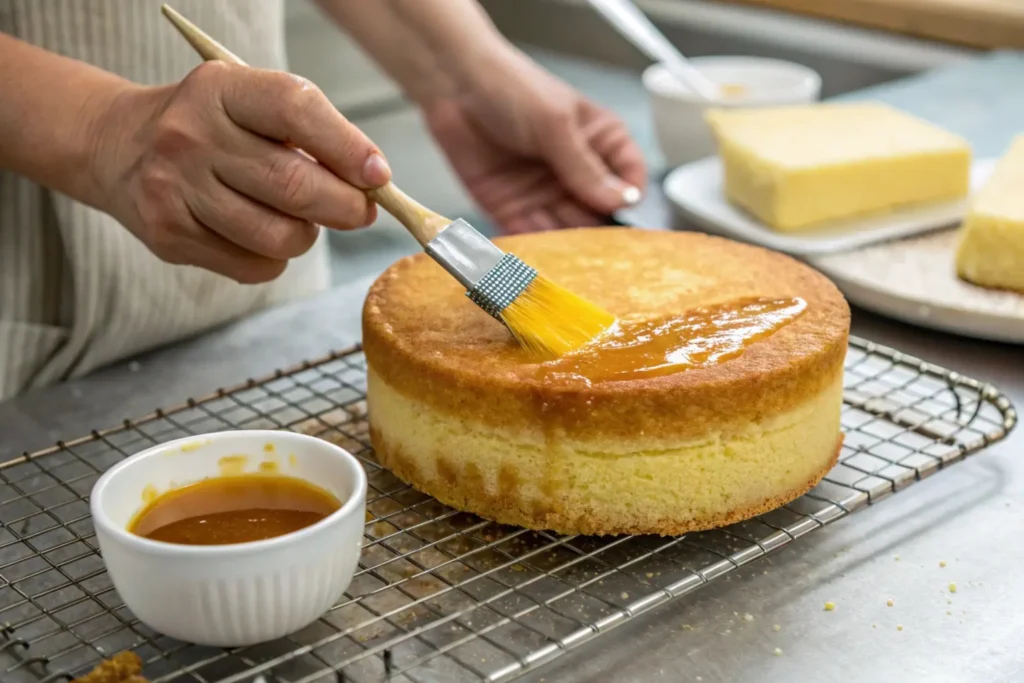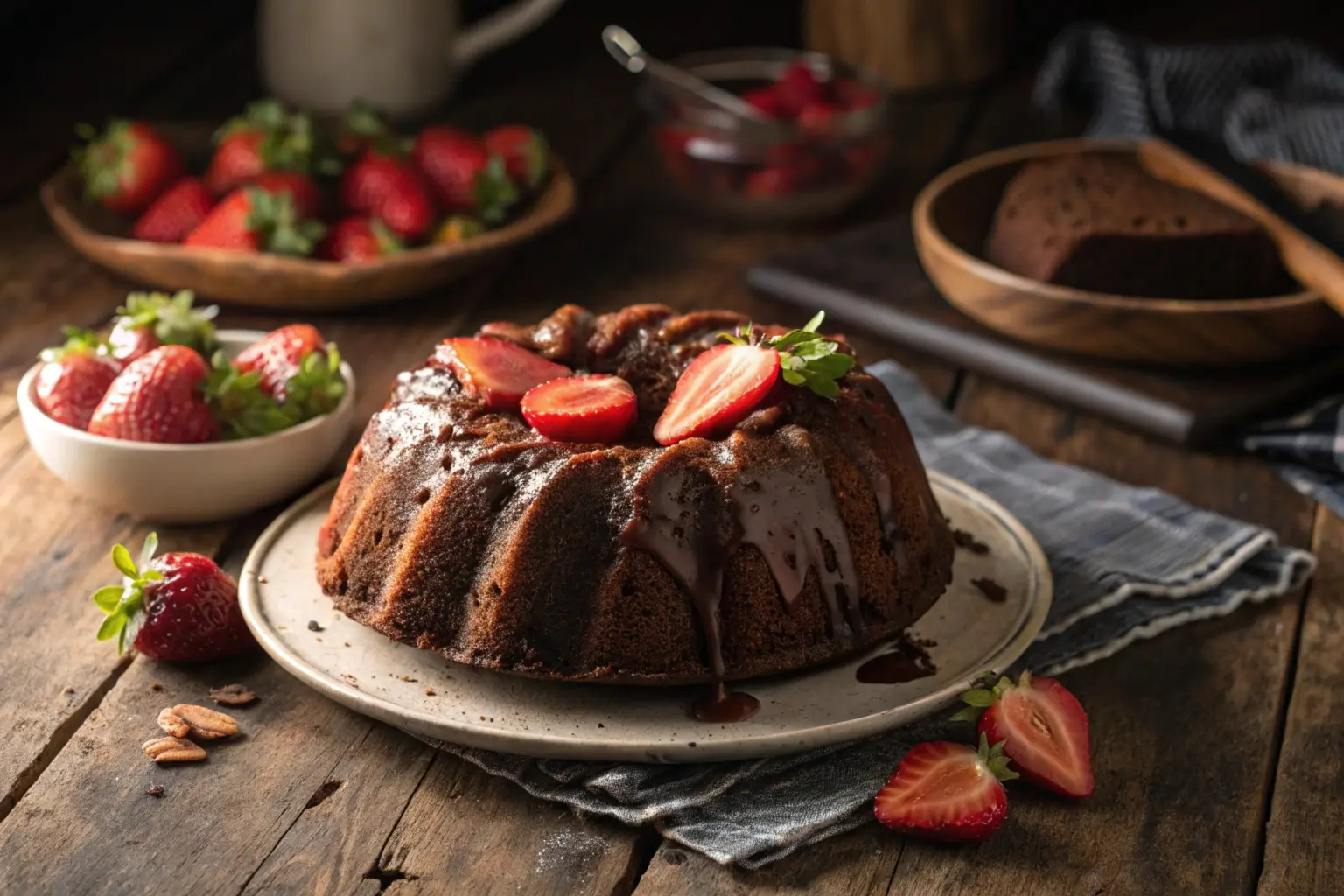Baking a cake is part science, part art, and a whole lot of fun! But achieving the perfect texture often feels like a mystery. What is a secret ingredient for cakes? Is it something unique, or is it all about technique? In this article, we’ll reveal the secret ingredients bakers swear by, explore expert techniques, and even debunk common myths about baking. Whether you’re a seasoned pro or just starting, you’ll learn everything needed to bake cakes that are irresistibly moist and fluffy. Let’s dive in!
The Importance of Moisture in Cakes
Why Moisture Matters for Baking Perfect Cakes
Moisture can make or break a cake—literally. Dry cakes not only crumble but also disappoint taste buds. On the other hand, a moist cake is soft, tender, and satisfying. Moisture doesn’t just impact texture; it enhances flavor and binds ingredients together, creating a harmonious bite. Imagine slicing into a chocolate cake that’s rich, moist, and practically melts in your mouth—that’s the dream every baker aims for!
But how does moisture work in cakes? It’s all about balance. From the right ratio of liquids to fats and sugars, every ingredient plays its part. Too much liquid, and your cake becomes soggy. Too little, and it’s a dry, crumbly mess. Moisture isn’t just a nice-to-have; it’s the backbone of a great cake.
The Science Behind Moist Cakes
Here’s where baking turns into a chemistry experiment! Did you know that fats like butter and oils help lock in moisture? They coat the flour particles, reducing gluten formation and making cakes soft. Sugars, another key player, draw water from the air, keeping your cake fresh longer. Meanwhile, liquids like milk or buttermilk dissolve dry ingredients, creating a cohesive batter that bakes evenly.
The temperature also matters. Baking at the right heat ensures that the moisture doesn’t escape too quickly. And don’t forget to measure ingredients precisely—baking isn’t the time for guesswork!
Popular Secret Ingredients for Moist Cakes
Dairy-Based Ingredients for Fluffy Cakes
Dairy ingredients like sour cream, yogurt, and buttermilk are celebrated for their ability to make cakes exceptionally moist and flavorful. These ingredients are rich in fat and acidity, which work wonders in tenderizing the crumb while adding a tangy note that balances sweetness. For instance, adding sour cream to your batter enhances both the moisture and the richness, giving your cake that “bakery-style” appeal.
Yogurt, especially Greek yogurt, provides a similar effect but with a denser texture. Buttermilk, a baker’s secret weapon, reacts with leavening agents like baking soda, creating air pockets that result in a light, fluffy texture. So next time you’re wondering, what is a secret ingredient for cakes?—dairy is a great place to start!
Fats and Oils: The Key to Moisture

When it comes to fats, the debate between butter and oil is never-ending. While butter adds a distinct flavor, oil is the go-to for ensuring maximum moisture. Vegetable oil, in particular, stays liquid even at room temperature, which prevents cakes from drying out as they cool.
Coconut oil, an excellent alternative, introduces a mild, sweet flavor and provides the same moisture-locking benefits. You can also try a mix of butter and oil to enjoy the best of both worlds: flavor and moisture. The key takeaway? Fat is your friend when aiming for a moist cake.
Natural Sweeteners for the Best Moist Cakes
Natural sweeteners like honey, molasses, or brown sugar are not just flavor enhancers—they’re moisture powerhouses. These sweeteners draw water from the air, keeping cakes moist even days after baking. For example, brown sugar’s molasses content adds a caramel-like richness while maintaining a tender texture.
Honey, meanwhile, is hygroscopic, meaning it attracts and retains moisture. A teaspoon of honey in your batter can make a noticeable difference in the softness of the crumb. Incorporating these sweeteners ensures your cakes remain moist, flavorful, and unforgettable.
Alternative Ingredients for Unique Cakes
Fruits and Purees: Secret Ingredients for Cakes
Fruits like bananas, apples, and pumpkins are fantastic alternatives to traditional ingredients. Not only do they add natural sweetness, but their high water content also keeps cakes incredibly moist. Banana puree, for example, creates a dense, tender texture ideal for quick breads or chocolate cakes. Applesauce works as a mild-flavored alternative, adding subtle sweetness and plenty of moisture without extra fat.
Pumpkin puree, on the other hand, is perfect for spiced cakes and fall-themed desserts. When you’re exploring what is a secret ingredient for cakes?, fruits and purees are an easy, healthy way to elevate your baking.
Mayonnaise and Other Unconventional Options
Yes, mayonnaise in cakes might sound bizarre, but it works! Made of oil and eggs, mayonnaise adds richness and moisture without altering the flavor. Many bakers use it as a substitute for butter or oil in chocolate cakes, achieving an ultra-soft texture.
Other unconventional options include pudding mix or gelatin, which add structure and moisture to the batter. These ingredients may not be traditional, but they offer unique ways to create moist, delicious cakes that leave a lasting impression.
Techniques to Ensure Cake Moisture
Brushing Syrups to Keep Cakes Soft

A simple syrup can work wonders for maintaining cake moisture. After baking, brush a mixture of sugar and water onto the cake layers. This not only locks in moisture but also adds subtle sweetness. For an extra flavor boost, you can infuse the syrup with vanilla, rum, or even citrus zest. This technique works exceptionally well for dense cakes like pound cakes or fruitcakes.
If you’ve ever wondered, what is a secret ingredient for cakes?, syrups might not be an ingredient in the batter but are vital in keeping your cake soft and moist. Pair this technique with your favorite recipe to elevate the final result.
Baking Times: Preventing Dry Cakes
Overbaking is a surefire way to ruin a cake’s moisture. Always preheat your oven and bake at the recommended temperature. Use a timer and check the cake a few minutes before the listed baking time. Insert a toothpick into the center; if it comes out clean or with a few crumbs, the cake is ready.
Additionally, using parchment paper and greased pans ensures the edges don’t overcook. These small details make a big difference in retaining that perfect texture.
Mixing Right: The Science of a Moist Cake
Mixing your batter correctly is just as important as the ingredients you use. Overmixing can lead to a tough, dry cake, while undermixing leaves lumps and uneven textures. Use the “fold and mix” method, especially when incorporating wet and dry ingredients. This ensures a smooth, cohesive batter without losing the air bubbles that make your cake rise.
Debunking Myths About Moist Cakes
Common Misconceptions About Moist Cakes
There’s a lot of misinformation about keeping cakes moist. For example, adding extra oil to the batter may seem like a good idea, but it can make the cake greasy rather than soft. Similarly, frequently opening the oven door to check the cake lets out heat, leading to uneven baking and a dry texture.
Another myth is that more flour leads to a sturdier cake. On the contrary, excess flour absorbs moisture, leaving your cake dense and dry. Stick to the recipe and measure ingredients carefully to achieve the desired result.
Why Accuracy is the Secret Ingredient for Cakes
Baking is as much a science as it is an art. Accuracy in measuring ingredients ensures your cake has the right balance of moisture and structure. Invest in a good kitchen scale and follow the recipe to the letter. Small adjustments, like swapping water for milk or adding sour cream, can make all the difference.
For more cake-enhancing tips and tricks, explore recipes like this kefir sheet cake guide for inspiration on using unique ingredients to keep cakes moist and delicious.
Expert Tips for Perfectly Moist Cakes
Prepping the Batter
The foundation of a perfectly moist cake starts with the batter. Begin by ensuring your ingredients are at room temperature. This helps them blend evenly, creating a smoother, more cohesive batter. For an extra moisture boost, replace water with milk or even coffee for chocolate cakes. These liquid swaps not only enhance moisture but also elevate flavor.
Another key tip is to sift your dry ingredients. Sifting removes lumps and allows for even distribution when mixing. Remember, the more even your batter, the more consistent the cake texture.
Post-Baking Strategies
Did you know how you treat your cake after baking can make or break its moisture? Right after removing the cake from the oven, cover it loosely with a clean kitchen towel while it cools. This traps steam, keeping the cake soft and tender. For added moisture, brush the cake with simple syrup or a flavored liquid before frosting.
Store your cake properly to lock in freshness. Use an airtight container or wrap it tightly in plastic wrap. If you need to refrigerate, place the cake in the fridge only after it has cooled completely.
Proven Ingredient Combinations
Some ingredient pairings work like magic for moist cakes. Combining sour cream and oil, for example, provides both richness and a soft texture. Similarly, using eggs and yogurt together creates a fluffy, tender crumb. If you’re still asking, what is a secret ingredient for cakes?, these classic combos are your answer.
FAQs About Secret Ingredients for Cakes
What is the best liquid for a moist cake?
The best liquids are those with some fat content, like buttermilk or whole milk. They keep the cake tender and flavorful. Coffee is another great option for chocolate cakes, adding depth while boosting moisture.
Can I use low-fat options and still get a moist cake?
Yes, but with adjustments. For example, adding applesauce or mashed bananas can compensate for the reduced fat, ensuring the cake remains moist.
How do I fix a dry cake after baking?
Brush the cake layers with simple syrup or milk. You can also use a fruit puree or jam for added flavor and moisture. If time allows, wrap the cake in plastic wrap and let it rest overnight to soften.
Experimenting with Creative Techniques
Unconventional Ideas
Sometimes, the best solutions come from thinking outside the box. While traditional methods work well, experimenting with unconventional techniques can take your cakes to new heights. Have you ever tried steaming your cake? Steaming locks in moisture and creates an incredibly soft texture, especially for dense cakes like pound or fruit cakes. It’s a game-changer for bakers who often face dry cakes.
Another creative idea is to use gelatin or pudding mix in your batter. Gelatin adds structure while keeping the crumb moist and tender. Pudding mix, on the other hand, not only enhances the flavor but also provides an extra dose of softness. So next time someone asks, what is a secret ingredient for cakes?, you can impress them with these unique methods.
Combining Techniques for Superior Results
Why stop at one method when you can combine techniques for even better results? Imagine using sour cream in your batter, brushing the baked layers with a citrus-infused syrup, and then storing the cake wrapped in plastic overnight. These combined steps ensure maximum moisture, flavor, and texture.
You can also experiment with layering flavors by using fruit purees between cake layers. This not only adds moisture but also creates a burst of flavor in every bite. By blending traditional and unconventional methods, your cakes will stand out and keep everyone guessing your secret ingredient.

